NEWS
Oleg Systems Ltd. now offers industrial high temperature oven circulating fams repair and re-build. We service high temperature water cooled centrifugal and axial plug fans, through-the-wall blowers & fans and air-circulation air-kits operating at up to 2000 F temperatures. We do repair, balancing and re-build of Garden City, ABB, IAP and Industrial Gas Engineeting (IGE) fans and all kinds of exhaust blowers. Water cooled high-temperature motors are available, as well.
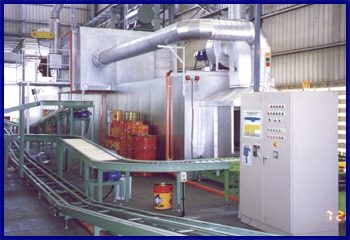 ____
____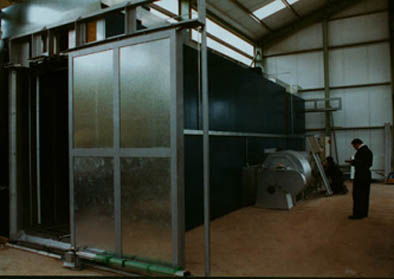
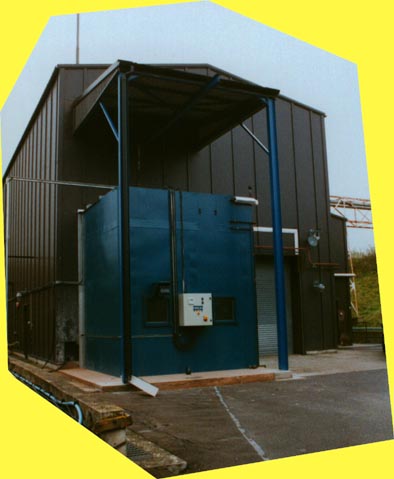 _____
_____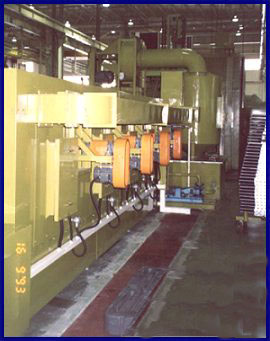
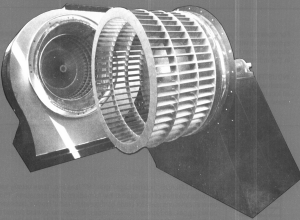
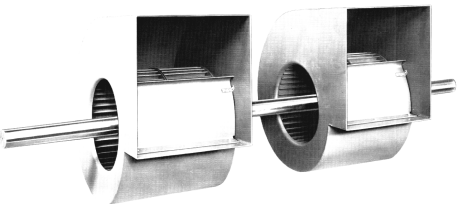
Phone: 1-888-763-1800
e-Mail:
olegsystems@olegsystems.com
 :
canadianblower
:
canadianblower
ATEX
(ATmosphères EXplosibles) is a conglomeration of European Union
(EU) directives outlining equipment installed and operated in
potentially explosive atmospheres. The ATEX directive coordinates
various technical and legal conditions throughout Europe to ensure a
high level of safety for the end-user by reducing the explosion risk
through established design methods. Since July 1, 2003, equipment
manufactured for operation in potentially explosive environments has
been required to comply with the EU’s ATEX Manufacturer’s Directive
(94/9/EC). The ATEX Directive applies to all countries in the EU and
the European Economic Area (EEA). The ATEX Directive places the burden
directly on the end-user. The end-user is responsible for the following:
• Prevention of the formation of explosive atmospheres and possible
ignition threats
• Evaluating the risk of explosion for their specific atmosphere and
process
• Eliminating or reducing the level of risk for a specific atmosphere
and / or process
• Classifying the work and equipment environment into
“zones/categories” for determining preparation of documentation for
explosion protection
• Identifying hazardous areas and utilizing warning signs to alert
personnel and equipment suppliers of the potential hazard
• Specifying suitably safe equipment for use in the zone to the
engineer or equipment supplier.
The end-user is required to evaluate the environment where equipment is
to be located and operated. When evaluating hazardous locations, it is
important to consider the hazardous material (gases or dusts) itself,
how the material may interact with the surroundings (atmosphere,
equipment and personnel), likelihood of explosion due to the
surroundings, and the level of any anticipated effects. Since the
introduction of the ATEX Directives in 2003, mechanical equipment
manufacturers have been subject to similar certification requirements
as electrical equipment manufacturers. Fan manufacturers have been
allowed to subscribe to the manufacturing process as detailed in the
European Standard EN 14986:2006, “Design of fans working in potentially
explosive atmospheres,” which provides a guide for meeting the ATEX
Directive (94/9/EC). European Standard EN 14986 outlines manufacturing
and design criteria for fan manufacturers to adhere to. Such design
requirements include, but are not limited to, permissible material
pairings, minimum clearances between rotating elements and the fan
casing, casing design, bearing selection, impeller-to-shaft attachment
and motor/electrical selection. Belt and bearings are protected from
the air stream by enclosing them in a ventilated tube. Design of HS fan
incorporates a heat slinger / impeller. It isolates the fan bearings
from damaging heat and draws cooler outside air through the motor
compartment and over the belt and bearings. A spring load, fusible link
activated device automatically opens dampers when temperature at the
fan reaches 165 F. This enables the fan to function as a gravity
ventilator prior to powered operation. As long as the fan manufacturer
meets
the requirements of the European Standard EN 14986:2006, they are in
compliance with the ATEX directive (94/9/EC). Buffalo Blower is an
industry leading designer and manufacturer of the highest quality
industrial fans throughout the world. Our products are known for their
rugged construction and reliable operation. Buffalo Blower offers
unmatched flexibility and fan customization, coupled with superior
service before and after the sale. We also have the capability to
provide parts and service for products not manufactured by Buffalo
Blower Co.













